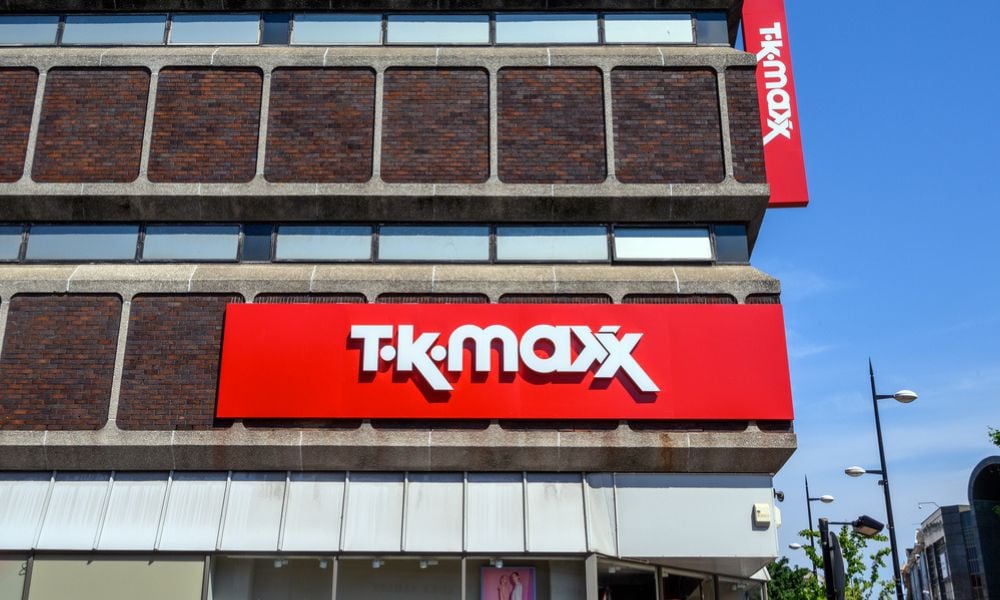A new report, which acts as a forecast for challenges to leadership in 2015, has suggested that leaders cannot excel unless HR departments shift their frame of mind.
Development Dimensions International (DDI) recently published Ready-Now Leaders: Meeting Tomorrow’s Business Challenges – a report described as the “global leadership forecast” for 2015.
The report surveyed over 13,000 leaders from 2,031 companies across 48 countries.
Over 1500 of those surveyed were HR professionals.
“What’s keeping CEOs up at night?”
Researchers questioned the challenges that leaders are struggling the most to meet and master.
These were:
Innovation – Only 26% of leaders felt “very prepared” to deal with this
Human Capital – Only 27% of leaders felt “very prepared” to deal with this
Operational excellence – Only 33% of leaders felt “very prepared” to deal with this
But while leaders ponder solutions to these issues, HR professionals are worrying about another problem – the quality of leadership in their company. According to the report, just a quarter of HR practitioners view the leadership in their organisation as high quality.
This, according to the report, is not the fault of HR. Leaders voted HR as the top people who they wish had more inclusion in their careers, with almost half saying that HR “is not involved enough” in leadership development.
HC spoke to DDI Australia’s managing director, Mark Busine, about the report’s findings.
“HR needs to take more active role supporting development of leaders,” he said. “Data from our forecast shows that leaders are not satisfied with the quality of their development. From a learning and development perspective, HR needs to review these issues.”
He told HC that he believes part of the problem lies with the ‘70/20/10’ framework – which has been embraced by many – as people seem to be focusing more on the formal learning aspect and neglecting experimental and social modes of learning.
“Many in HR are abdicating from the responsibility of developing leaders,” he added. “And learning alone is difficult.”
Human Capital strategies
Could there be a link between the reported lack of HR involvement in people development and leaders feeling unprepared for the management of Human Capital?
Only 9% of HR practitioners indicated that their leaders were “very ready” to address the Human Capital challenge – and four of the top Human Capital strategies for 2015 (selected by CEOs) were focused on leadership, suggesting that CEOs want more HR involvement in developing corporate leadership.
The top ten strategies intended to be used this year by participants to deal with Human Capital were:
The report outlined three key categories which HR practitioners tend to fall into. These categories describe the mind-sets which dictate the way that we work.
The report said that, of HR professionals:
60% are partners in their organisations – partners openly exchange information with the business about current issues and collaboratively work towards mutual goals.
22% are reactors in their organisations – this group ensures compliance with policies and practices, and responds to business needs by providing tools or systems when asked to do so.
18% are anticipators in their organisations – meaning they use data to predict talent gaps in advance and provide insights about how talent relates to business goals.
But according to the report, these results show that HR has become stagnant.
“For at least two decades, the challenge for HR was to move from being administrators or reactors to being business partners,” the report said. “HR units worldwide have made that shift – 60% of our HR sample classified themselves as “partners.” It’s now time to raise the bar for HR, to take on a new role we call “anticipator.” Anticipators work with the business to predict future talent gaps, and then strive to close the gap. They are able to proactively advise leaders on the probability of their strategies succeeding based on available talent and its quality.”
Anticipators:
“In organisations today, 80% of the value is tied up in tangible assets – which are what people create,” Busine told HC. “Being more proactive, disciplined and structured with how we within the function support our key stakeholders is key – be they executive level, leaders or even workforce level.”
Typically, good anticipators:
The report surveyed over 13,000 leaders from 2,031 companies across 48 countries.
Over 1500 of those surveyed were HR professionals.
“What’s keeping CEOs up at night?”
Researchers questioned the challenges that leaders are struggling the most to meet and master.
These were:
Innovation – Only 26% of leaders felt “very prepared” to deal with this
Human Capital – Only 27% of leaders felt “very prepared” to deal with this
Operational excellence – Only 33% of leaders felt “very prepared” to deal with this
But while leaders ponder solutions to these issues, HR professionals are worrying about another problem – the quality of leadership in their company. According to the report, just a quarter of HR practitioners view the leadership in their organisation as high quality.
This, according to the report, is not the fault of HR. Leaders voted HR as the top people who they wish had more inclusion in their careers, with almost half saying that HR “is not involved enough” in leadership development.
HC spoke to DDI Australia’s managing director, Mark Busine, about the report’s findings.
“HR needs to take more active role supporting development of leaders,” he said. “Data from our forecast shows that leaders are not satisfied with the quality of their development. From a learning and development perspective, HR needs to review these issues.”
He told HC that he believes part of the problem lies with the ‘70/20/10’ framework – which has been embraced by many – as people seem to be focusing more on the formal learning aspect and neglecting experimental and social modes of learning.
“Many in HR are abdicating from the responsibility of developing leaders,” he added. “And learning alone is difficult.”
Human Capital strategies
Could there be a link between the reported lack of HR involvement in people development and leaders feeling unprepared for the management of Human Capital?
Only 9% of HR practitioners indicated that their leaders were “very ready” to address the Human Capital challenge – and four of the top Human Capital strategies for 2015 (selected by CEOs) were focused on leadership, suggesting that CEOs want more HR involvement in developing corporate leadership.
The top ten strategies intended to be used this year by participants to deal with Human Capital were:
- Provide employee training and development
- Raise employee engagement
- Improve performance management process and accountability
- Increase efforts to retain critical talent
- Improve leadership development programs
- Focus on internally developed talent to fill key roles
- Enhance effectiveness of the senior management team
- Improve effectiveness of frontline supervisors and managers
- Improve corporate brand and employee value propositions to attract talent
- Improve succession planning for current and future needs
The report outlined three key categories which HR practitioners tend to fall into. These categories describe the mind-sets which dictate the way that we work.
The report said that, of HR professionals:
60% are partners in their organisations – partners openly exchange information with the business about current issues and collaboratively work towards mutual goals.
22% are reactors in their organisations – this group ensures compliance with policies and practices, and responds to business needs by providing tools or systems when asked to do so.
18% are anticipators in their organisations – meaning they use data to predict talent gaps in advance and provide insights about how talent relates to business goals.
But according to the report, these results show that HR has become stagnant.
“For at least two decades, the challenge for HR was to move from being administrators or reactors to being business partners,” the report said. “HR units worldwide have made that shift – 60% of our HR sample classified themselves as “partners.” It’s now time to raise the bar for HR, to take on a new role we call “anticipator.” Anticipators work with the business to predict future talent gaps, and then strive to close the gap. They are able to proactively advise leaders on the probability of their strategies succeeding based on available talent and its quality.”
Anticipators:
- Put a stronger focus on programs that foster employee creativity and innovation.
- Are more likely to position leadership development as an integrated journey rather than an independent series of events.
- Are more likely to institute negative consequences for managers who fail to develop their leaders.
- Help ensure that a higher percentage of leaders are promoted from within.
- Help leaders be more ready to meet the CEO challenge of human capital.
- Are much more likely to use advanced workforce analytics, particularly those that involve forecasting future talent needs.
“In organisations today, 80% of the value is tied up in tangible assets – which are what people create,” Busine told HC. “Being more proactive, disciplined and structured with how we within the function support our key stakeholders is key – be they executive level, leaders or even workforce level.”
Typically, good anticipators:
- Focus a lot more on leadership development, seeing learning as a journey rather than a series of unrelated events
- Are much more involved in getting leaders and managers to support people development
- Use analytics and data to drive insights and decisions





